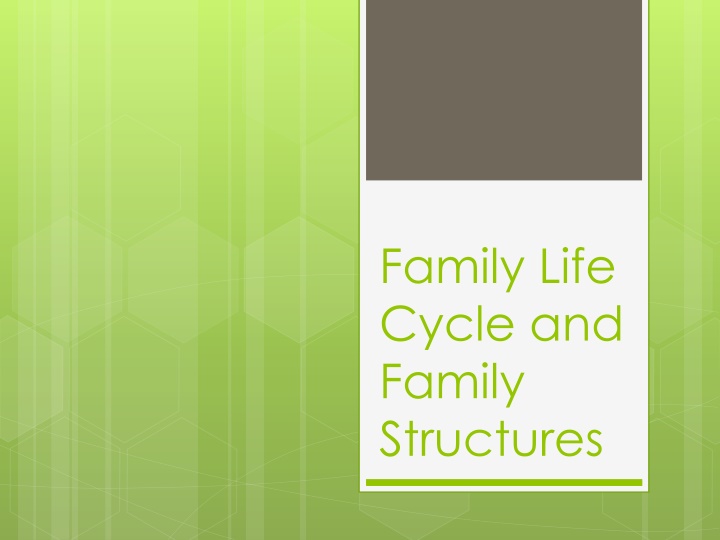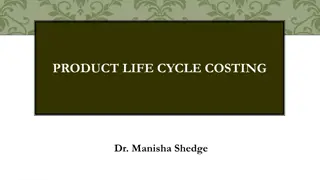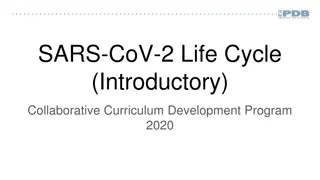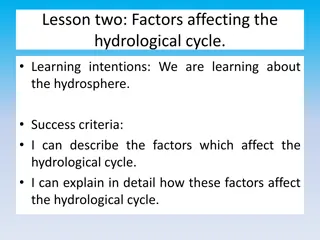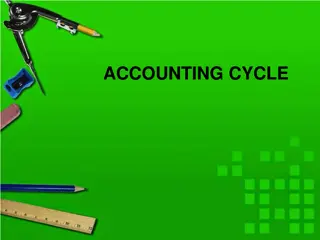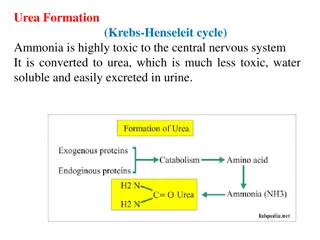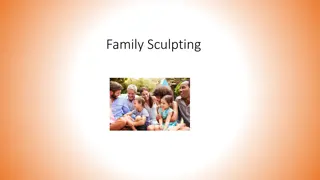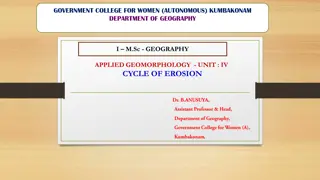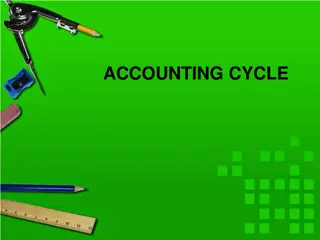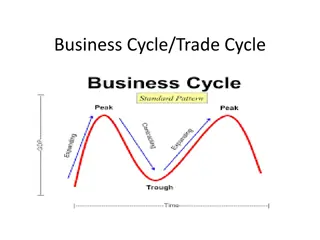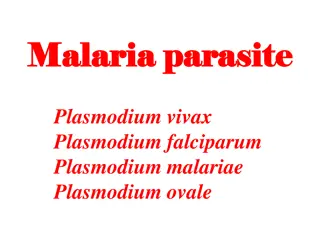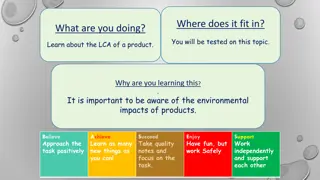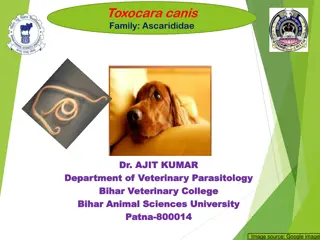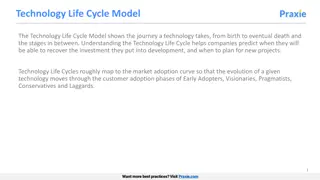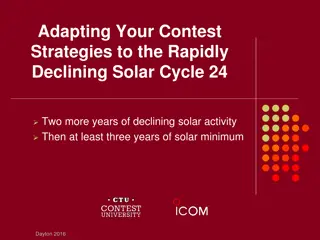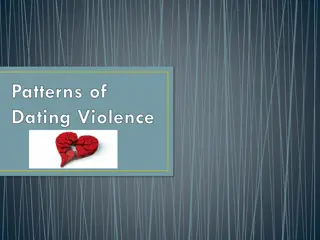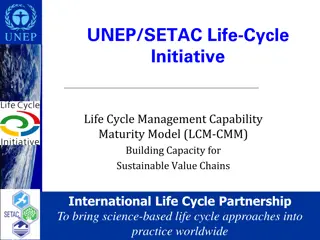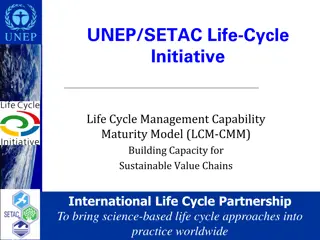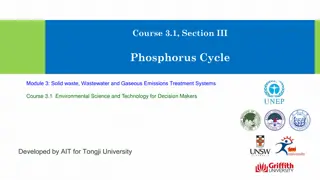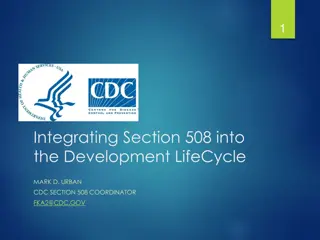Family Life Cycle and Structures Overview
This content explores the stages of the family life cycle, including beginning families, child-bearing families, parenting families, launching families, mid-years families, and aging families. It also discusses variations in the family life cycle, such as skipping, overlapping, or repeating stages. Additionally, it examines different family structures like nuclear families with two biological parents and children. The images provided illustrate each stage and structure, offering insights into the varied experiences families go through.
Download Presentation

Please find below an Image/Link to download the presentation.
The content on the website is provided AS IS for your information and personal use only. It may not be sold, licensed, or shared on other websites without obtaining consent from the author.If you encounter any issues during the download, it is possible that the publisher has removed the file from their server.
You are allowed to download the files provided on this website for personal or commercial use, subject to the condition that they are used lawfully. All files are the property of their respective owners.
The content on the website is provided AS IS for your information and personal use only. It may not be sold, licensed, or shared on other websites without obtaining consent from the author.
E N D
Presentation Transcript
Family Life Cycle and Family Structures
Family Life Cycle Beginning Family = Newly weds Child Bearing Family = expanding Parenting family = developing Launching family = middle age Mid years family = pre retirement age 55 64 Aging family = retirement 65 and over
Retirement Couple stops full-time work & adjust to having more FREE TIME! Beginning Stage Couple works to est. a home &marriage Middle Age - AKA: Empty Nest Stage Couple renews their relationship & prepares for retirement. Expanding Stage Prepare to adjust to Parenthood Launching Stage Children gradually leave home to support themselves with the help of parents. Developing Stage Parents work to meet children s needs & help them develop independence
Family Life Cycle Beginning Family = Newly weds
Family Life Cycle Child Bearing Family = expanding
Family Life Cycle Parenting family = developing
Family Life Cycle Launching family = middle age
Family Life Cycle Mid years family = pre retirement age 55 64
Family Life Cycle Aging family = retirement 65 and over
Family life cycle may vary. . People choose not to marry Spouse may die Couples may not have children Families skip, overlap or repeat stages Second marriages may change stage May be in two stages at one time
Family Structures Nuclear two biological parents, biological children Advantages 2 parents to offer support, 2 incomes Disadvantages - None
Family Structures Extended More than mom, dad, kids in home, example grandparents, cousins, aunts, uncles Advantages extra babysitters, gain knowledge for elders, division of labor Disadvantages additional authority figures, crowded, physical care of elderly
Family Structures Single Parent only one parent and children in home Advantages only one authority figure, less parental conflict, closer bond with child Disadvantages demanding, no one to share responsibilities with, lower income, no second gender role model
Family Structures Blended Adults with children from other relationships move in together with children ( his kids, her kids, and parents) Advantages instant family, opportunity to be around kids Disadvantages adjusting to others, different traditions, must share parents, who disciplines???
Family Structures Adoptive Extended Parents/Parent and adoptive child Advantages solution for couples who can t have children Disadvantages child may feel rejected by biological parent, short transition to parenthood
Family Structures Foster temporary care parents and child/children Advantages temporary care, safe home Disadvantages children may have emotional/legal issues, competition with biological children for attention, not all foster situations good
